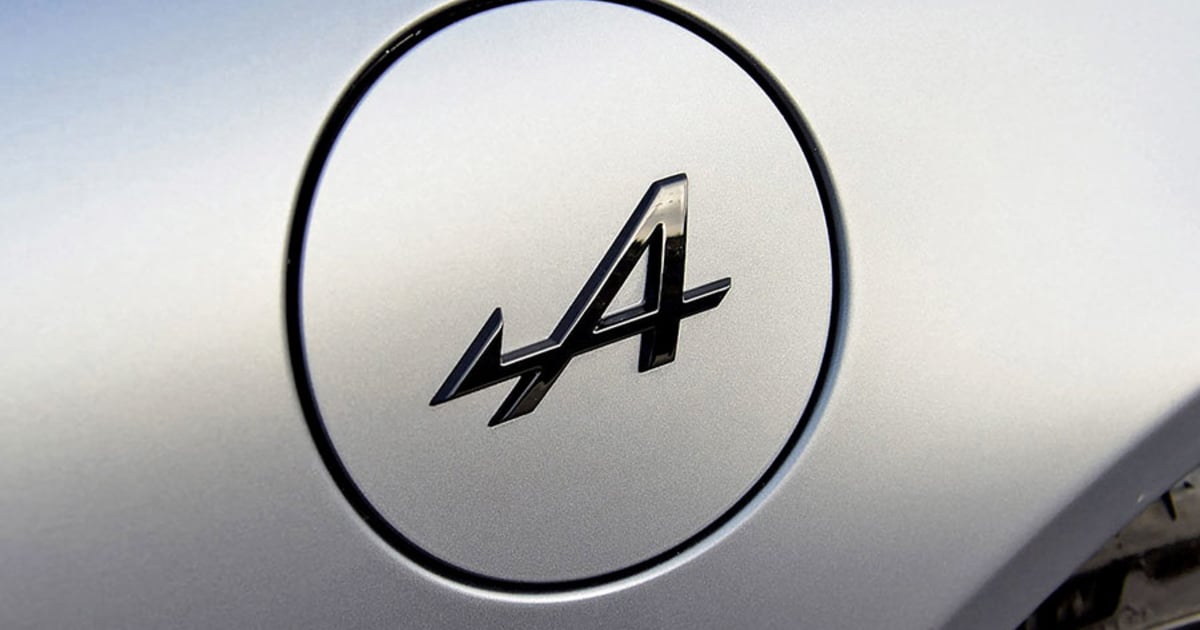
An underappreciated piece of news recently came out of France. It was the declaration by the CEO of Alpine — the high-end sports car brand of Renault — that the brand intends to move into the U.S. market.
Laurent Rossi told reporters that his fledgling brand, which sold barely 3,500 cars last year and has just one factory with a production capacity of only 6,000 vehicles a year, expects to grow to about 150,000 a year by 2030. And getting there, Rossi made clear, will rely critically on entering the American market in 2026 or 2027.
Here’s why this is a remarkable ambition: It reveals the sort of change that’s now coming to what had been Carlos Ghosn’s Renault-Nissan-Mitsubishi alliance.
As head of two automakers for most of a generation, Ghosn wrote and enforced the ground rules for Nissan and Renault until his leadership ended after his arrest for alleged financial improprieties in Japan in 2018. The basic understanding was that Nissan and Renault would work together on everything, but the U.S. market would be Nissan’s turf. The separate companies of the alliance would thrive together — but not if Nissan had to compete against its mighty French partner in Nissan’s bread-and-butter U.S. market.
Fast-forward to 2023, and Ghosn is far out of the picture, in exile in Beirut. And as the French say, “Les temps changent.” The times are changing.
Siphoning away 100,000 or so U.S. sales in 2030 isn’t going to break anybody, even if Alpine manages to do it. But consider the management distraction it will create.
The Alpine plan is to launch two EVs in America, one of them a full-size SUV. Their electric architecture has not been revealed, but it will likely come from its parent company, Renault, or from a new common EV platform created by the electric car business that Renault is spinning off, and into which Nissan is investing. Rossi also said it’s possible the new EVs could use underpinnings from the Chinese automaker Geely.
In this same time frame, Nissan intends to invest in its own new EV production in the United States, creating one new electric SUV for the Nissan brand and another for the Infiniti brand.
This begs the question: Will it serve the alliance to have a Renault luxury-segment line marketed and sold in the United States while Nissan is still endeavoring to build U.S. market share for its own luxury line? Infiniti has offered some fetching products over the past 30 or so years, but it has long struggled to make a dent in the market.
Will Alpine and Infiniti end up hustling for the same shoppers? And when the going gets tough, will Renault throw incentive dollars at the U.S. market, in competition with whatever incentive dollars Nissan will need to spend on Infiniti?
And to make it all happen, Alpine will presumably have to manufacture its new EVs in North America to qualify for federal tax credits as a locally built and sourced vehicle. Will that mean producing them in one of Nissan’s North American factories, with Nissan’s North American supply base?
And if so, will that satisfy American shoppers who are interested in a “French sports car”?
Since Ghosn left, Nissan has been a much more down-to-earth automaker. Executives talk straight. Their numbers add up. Their retailers are happier.
And Renault has been a much bolder company, exercising new freedom in decision-making.
It was Ghosn, ironically, who saw the potential in the old Alpine racing brand, which Renault had more or less abandoned in the mid-1990s before Ghosn was running the place. In one of his final acts of power, Ghosn brought Alpine back to life and christened the modern renovation of its small, old plant in Dieppe, France.
Did Ghosn intend for his successors to someday throw off their gloves and fight it out over the future of Alpine? Frankly, it doesn’t matter. Ghosn is gone and les temps changent.